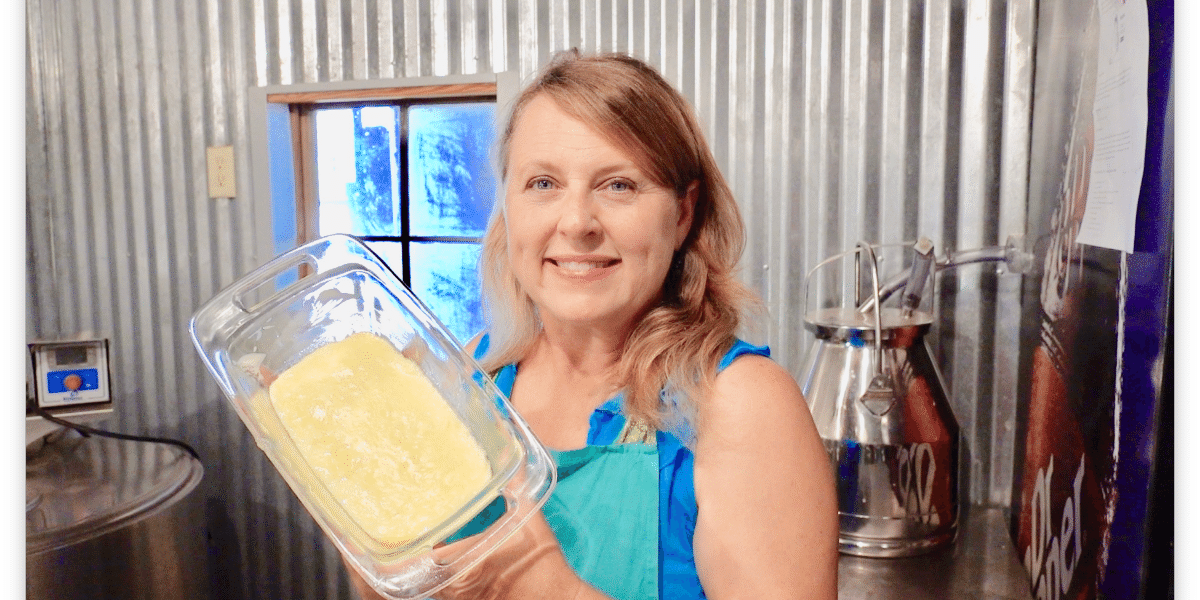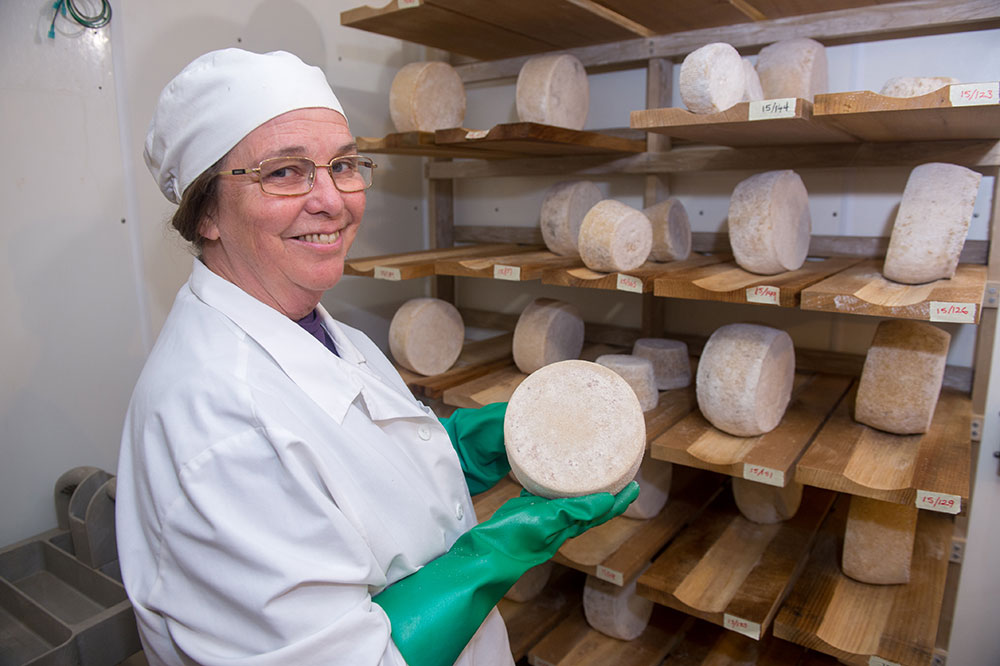Just How Floridia Cheese Melbourne Establishes the Standard for Local Cheese Makers
Just How Floridia Cheese Melbourne Establishes the Standard for Local Cheese Makers
Blog Article
Opening the Secrets of Artisanal Cheese Making: A Detailed Do It Yourself Guide
In the realm of cooking workmanship, artisanal cheese making stands as a testimony to the delicate equilibrium in between practice and technology. As we embark on this journey to demystify the art of creating exquisite cheeses, we are encountered with a tapestry of keys and skills waiting to be unwinded.
Choosing the Right Milk
When beginning on the journey of artisanal cheese production, the selection of milk plays an essential role in identifying the top quality and attributes of the final product. The kind of milk selected influences the taste, texture, and on the whole account of the cheese.
When choosing milk for cheese making, it is essential to think about the fat material. Higher fat content in milk can result in a creamier and richer cheese, while reduced fat content might bring about a drier and stronger appearance. Additionally, the source of the milk, whether from cows, goats, lamb, or buffalo, adds unique flavors and features to the cheese (Melbourne Made Cheese). Each kind of milk brings its own subtleties, enabling for a wide variety of cheese ranges to be crafted based upon the chosen milk. Eventually, the option of milk is an essential decision that sets the foundation for an effective artisanal cheese-making endeavor.
Culturing and Coagulating
To launch the cheese-making process, the critical actions of culturing and coagulating have to be carefully performed to change milk right into curds and whey. Culturing involves presenting beneficial germs to the milk, which after that starts the fermentation process. These bacteria convert lactose (milk sugar) into lactic acid, creating the acidic atmosphere needed for coagulation. The sort of culture made use of can considerably influence the flavor, texture, and ripening of the last cheese product.

The timing and temperature level control during culturing and coagulation are important aspects that affect the final outcome of the cheese. Appropriate implementation of these steps is important to make certain the wanted texture, taste, and consistency of the artisanal cheese being generated.
Draining and Pressing Curds
After the milk healthy proteins have coagulated and the curds have been cut to launch whey, the next vital action in artisanal cheese making involves draining pipes and pushing the curds to attain the desired texture and consistency of the last cheese product. Draining pipes is the process of dividing the curds from the whey. This can be done by moving the curds into a cheesecloth-lined bowl-shaped sieve or mold and enabling the whey to drain pipes off normally. The time for draining pipes can vary depending on the kind of cheese being made and the desired moisture web content.
Pushing helps expel any kind of continuing to be whey and compacts the curds to create a strong cheese wheel. Appropriate draining pipes and pushing are vital steps that significantly impact the quality and features of the artisanal cheese being created.
Aging and Flavor Methods
Executing thorough aging and flavoring techniques is essential in enhancing the depth and intricacy of artisanal cheeses, raising their preference profiles to exquisite degrees of refinement and class. Aging plays an important duty in developing the one-of-a-kind flavors and appearances that distinguish artisanal cheeses.
Seasoning techniques likewise add considerably to the last preference of artisanal cheeses. Cheesemakers may select to introduce added flavors by integrating active ingredients visit their website such as natural herbs, spices, or perhaps fruits right into celebrity throughout the manufacturing process. Additionally, some cheeses are washed or scrubed with numerous fluids, such as salt water or alcohol, to enhance their structures and flavors.
Covering and Keeping Cheeses

Final Thought
Finally, grasping the discover here art of artisanal cheese making involves very carefully selecting the best milk, adhering to accurate culturing and coagulating procedures, draining and pressing curds successfully, and utilizing different aging and flavor techniques. By complying with these actions vigilantly and with interest to information, you can create your own delicious and special cheeses in the house. Remember to cover and save your cheeses correctly to make certain optimal flavor and structure growth. Happy cheese making!
Each type of milk brings its own subtleties, allowing for a wide range of cheese varieties to be crafted based on the chosen milk.After the milk proteins have coagulated and the curds have been cut to launch whey, the following essential step in artisanal cheese making involves draining pipes and pushing the curds to attain the wanted appearance and uniformity of the last cheese item. The majority of cheeses need to be covered in wax paper or cheese paper to enable them to take a breath while securing them from drying out. For cheeses that need to continue aging, such as discover this info here bloomy rinds or cleaned peels, guarantee they are kept in a great setting like a cheese cavern or a refrigerator set to the suitable temperature. By paying focus to the covering and storage space of artisanal cheeses, cheese makers and lovers can protect the integrity of these specials and totally appreciate their intricate flavors.
Report this page